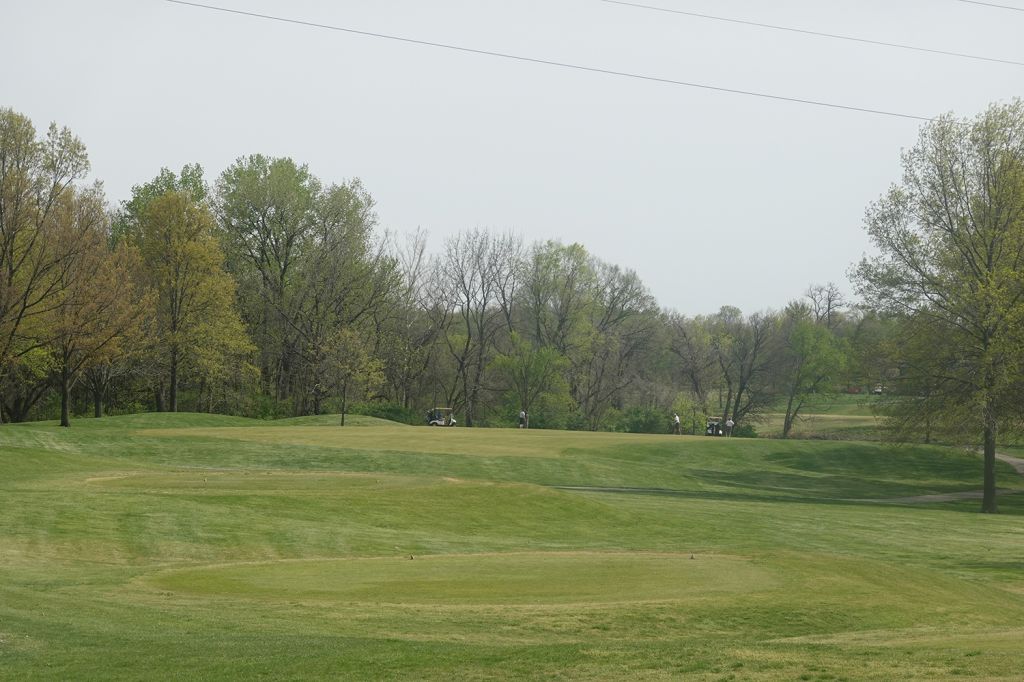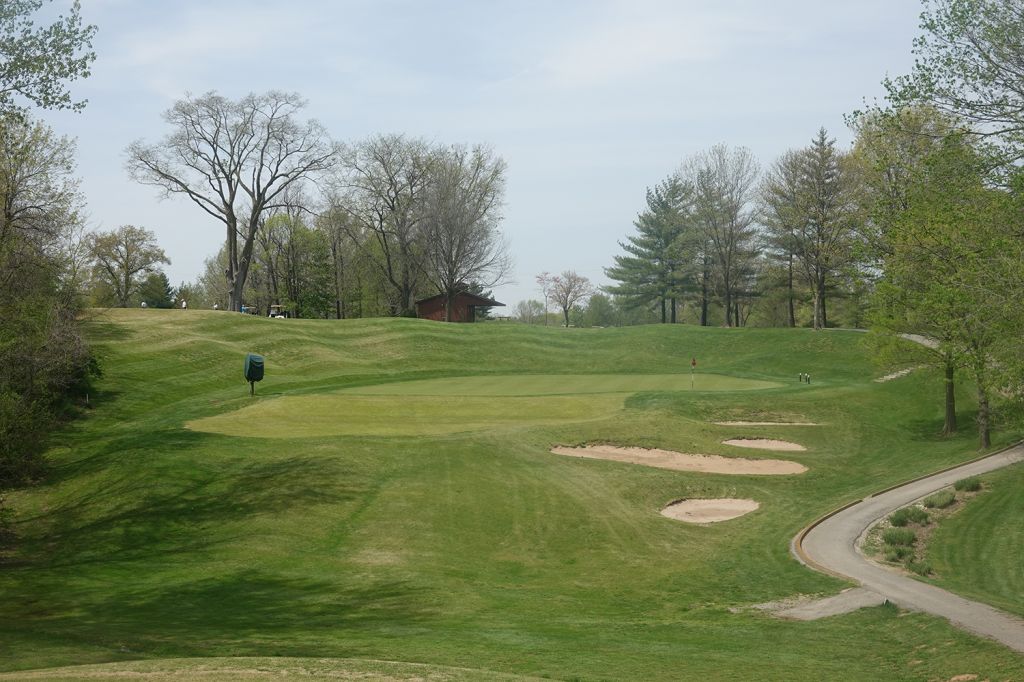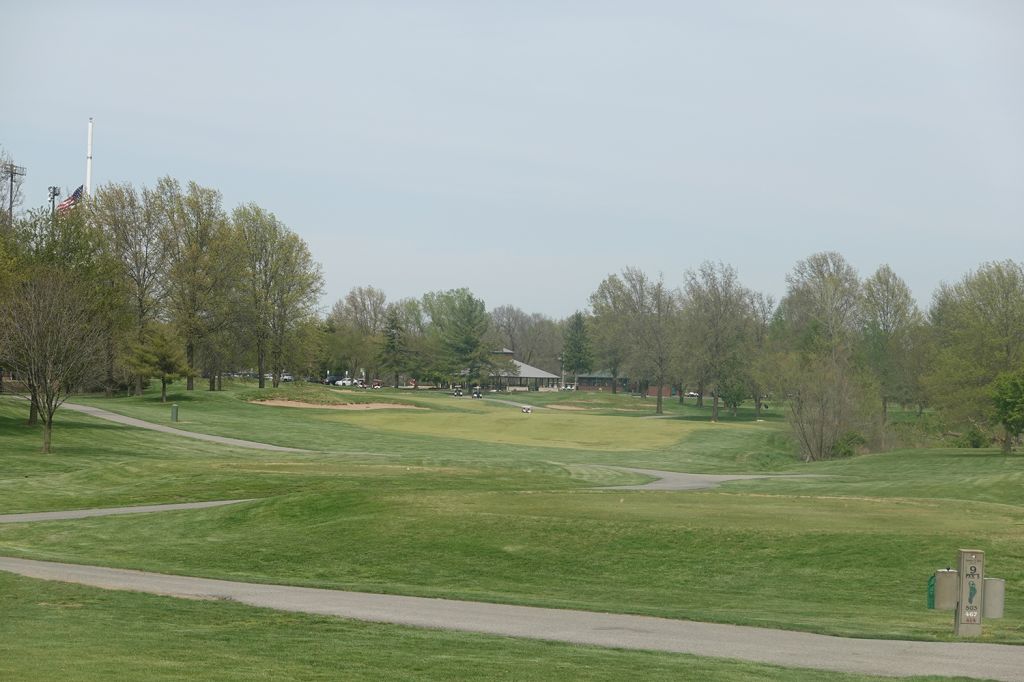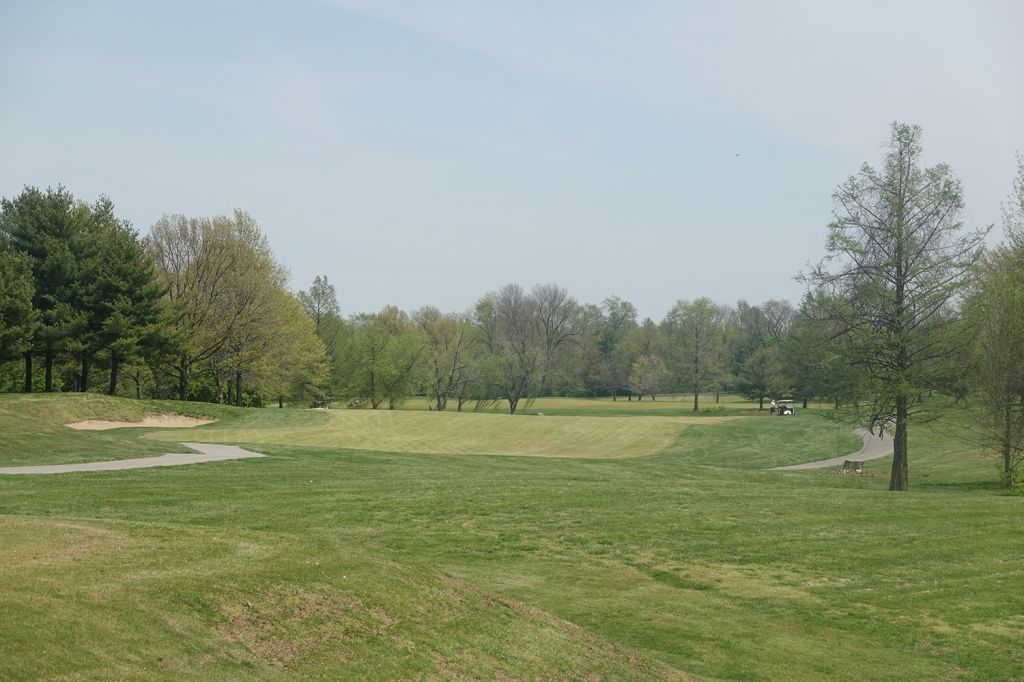 Golf Course Review by: Billy Satterfield
Golf Course Review by: Billy Satterfield
Rankings:
The Takeaway: A solid layout that blends challenge and playability well, Spencer T. Olin is a good enough track that it was selected as the host of the 1999 U.S. Amateur Public Links. While it doesn’t compete with the private courses in the Gateway City, it represents the area's best value. Grade C+
Quick Facts
Designer: Arnold Palmer 1989
Cost: $34 - $59 Click for current rates
Phone Number: 618-465-3111 or 314-355-3128
Course Website: Official Website - Visit Spencer T. Olin Golf Course's official website by clicking on the link provided.
Directions: Get here! - 4701 College Avenue, Alton, Illinois 62002 – UNITED STATES
Photos: See additional photos of Spencer T. Olin Golf Course
What to Expect: Funded by and named after Spencer T. Olin, a successful businessman that was raised in Alton, IL, the course that bears his name is regionally known as the best public course in the St. Louis area. When Mr. Olin agreed to fund the project, he did so with one caveat, that his friend Arnold Palmer design the course. It was an easy stipulation for the city to agree to and The King was brought in to design the only course he ever did in the St. Louis region. It is often difficult to find quality architecture at a good price, but that is exactly what you get here. The course impressed the USGA enough that in 1999 they played host to the U.S. Men's Amateur Public Links Championship after hosting the Women's counterpart to that tournament in 1996. During those events the property's gentle undulations, tree lined fairway, and a few water hazards were on full display while players raved about the zoysia fairways that compliment the bentgrass greens. The routing is one of the stronger points of the course that does a nice job accommodating walkers, though carts are available as well. Of the different par offerings, the fours are the strongest with a commendable amount of variety and shaping to enjoy. While the Spencer T. Olin golf course will never be regarded among the elite tracks of Illinois or Missouri, it is certainly a blessing to the people in St. Louis as a quality offering at a great value.
By the Numbers
| Tees | Par | Yardage | Rating | Slope |
|---|---|---|---|---|
| Tips | 72 | 6963 | 73.5 | 135 |
| Challenge | 72 | 6670 | 71.5 | 133 |
| Tournament | 72 | 6432 | 70.9 | 130 |
| S.T.O. Member | 72 | 6129 | 69.4 | 125 |
| Arnie's | 72 | 5847 | 68.8 | 117 |
| Casual | 72 | 5407 | 70.8 | 119 |
| Forward (Women) | 72 | 5049 | 65.6 | 110 |
| Newcomer (Women) | 72 | 4607 | N/A | N/A |
Individual Hole Analysis
Signature Hole: 13th Hole – 425 Yard Par 4 – Similar to the 3rd hole, the 13th is a dogleg right that plays to a green completely fronted by water. The fairway is lined by trees on each side and the layup area on the right can be about as difficult to hit as the green is. Pins tucked in the spur on the right side are diabolical to get close to while pins on the left are more forgiving.
Best Par 3: 5th Hole – 180 Yards – The downward stair step design of the tee boxes mimics the upward stair step design of the four bunkers ascending up the right side short of the green. The green sits in an amphitheater which should encourage golfers to go long rather than short if they are going to miss the putting surface, while the right third represents the most difficult spot to hit with the green sloping to the left.
Best Par 4: 7th Hole – 472 Yards – A long two-shotter that plays to a rippled fairway that tightens down to 20 yards at its narrowest point. The hole doglegs hard right and traverses to a green that is wider than it is deep and features a steep falloff to the front and to the right. Named Hangman's Noose, players can easily get their score in trouble here.
Best Par 5: 15th Hole – 534 Yards – The 15th drops downhill off the tee but you'll need the extra distance it offers because it heads right back uphill on the approach to the green. The hole is tree lined but no bunkers come into play until the green where five of them encircle the putting surface. The heart shaped bunker in front mimics the reverse heart shaped green it protects.
Birdie Time: 9th Hole – 503 Yard Par 5 – The front nine's home hole presents a great opportunity to make the turn with a birdie. Tipping out just over 500 yards, many players will take a rip at reaching this green in two in hopes of leaving themselves an eagle putt. The diamond shaped green is heavily protected by sand, but getting up and down is still a strong possibility, while laying up short and attacking the flag with a third shot is also a great strategy.
Bogey Beware: 3rd Hole – 439 Yard Par 4 – Arnie tests players early with a par four that will take some guts to handle. The tee shot threads a pair of bunkers to a fairway that gently bends to the right. The approach shot plays to a very shallow, but wide, green that is completely fronted by water and features a bunker in the rear in case you take too much club on the approach. Distance control is paramount on the second shot, otherwise you can bank on taking a bogey or worse.








